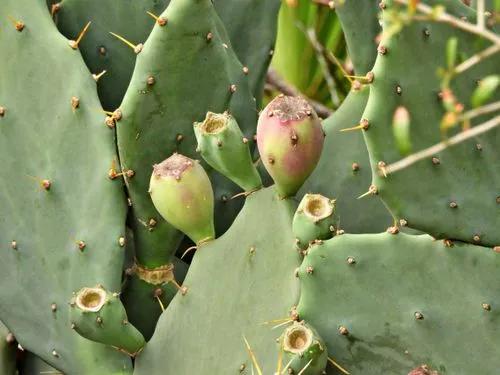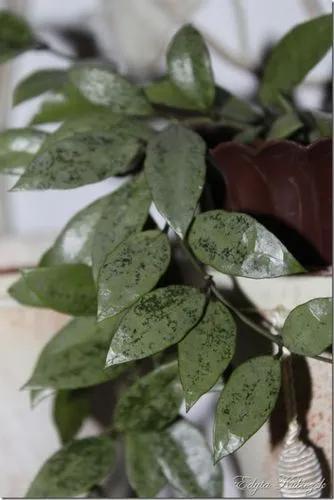Jatropha multifida, called coral plant, coralbush, and physic nut (a name it shares with other members of its genus), is a species of Jatropha native to Mexico and the Caribbean. A garden plant, it has been introduced to Florida, and to many places in South America, Africa, the Indian subcontinent, China and Southeast Asia. Mildly toxic, consumption causes gastrointestinal distress
Coralplant Care
Jatropha Multifida



How to Care for the Plant

Water

Jatropha mutifida requires moderately fertile soil with excellent drainage. It has some drought tolerance once established but performs best with regular watering in a full sun situation. In cool zones, plant the specimen in a large container with a gritty houseplant soil. In-ground plants can tolerate rocky or sandy soil. Container plants should have water reduced in winter. The species tends to self-seed at the base of the plant and can also be propagated by cuttings. Pruning is necessary to keep the plant in habit and when damage is done to the stems.

Pruning

Trim branches that overhang buildings or living areas to reduce the risk of damage from fallen limbs.

Fertilizer

Fertilizer is also not recommended when growing coral trees. Fertilizer also causes them to have aggressive growth that can cause problems later. Cover over the root zone with a good organic mulch, which will gradually leach a light dose of nutrients into soil over time.

Soil

Soil Type Well-draining, loamy, sandy
Soil pH Acid, neutral, alkaline
Temperature

his is a frost sensitive specimen which can be killed if temperatures drop below 40 degrees Fahrenheit (4 C.). The coral plant is a single-trunked small tree or shrub.

Additional

The leaves, bark, and seeds are poisonous. The seeds are particularly toxic for children and can cause shortness of breath, cyanosis (when the skin gets a blue tint because there's not enough oxygen in the blood), weakness and light-headedness
Corals are in fact animals, not plants. Coral reefs are the largest structures on earth of biological origin. Coral reefs are naturally colorful because of algae, which lives inside of the coral, providing them with food. The three main types of coral reefs are fringing reefs, barrier reefs, and coral atolls.

Popularity

535 people already have this plant 61 people have added this plant to their wishlists
Discover more plants with the list below
Popular articles






